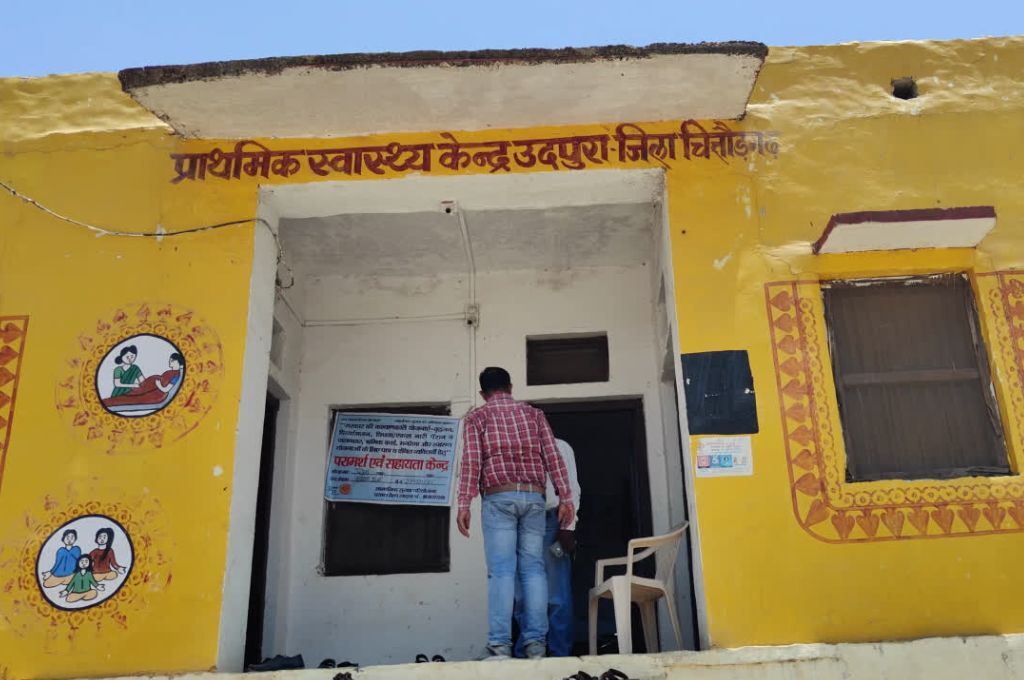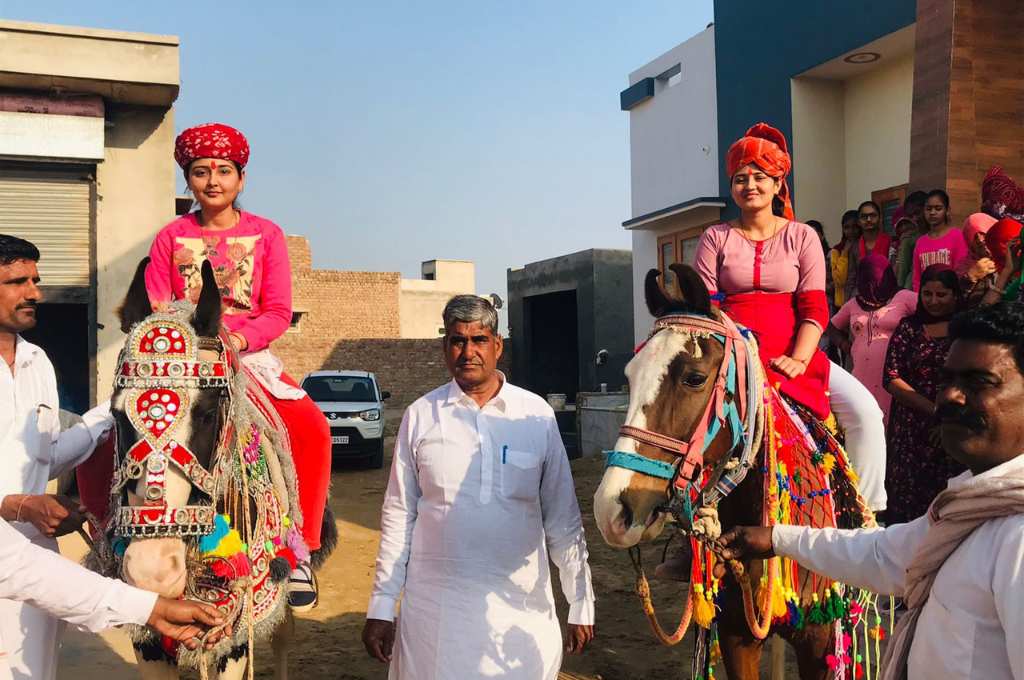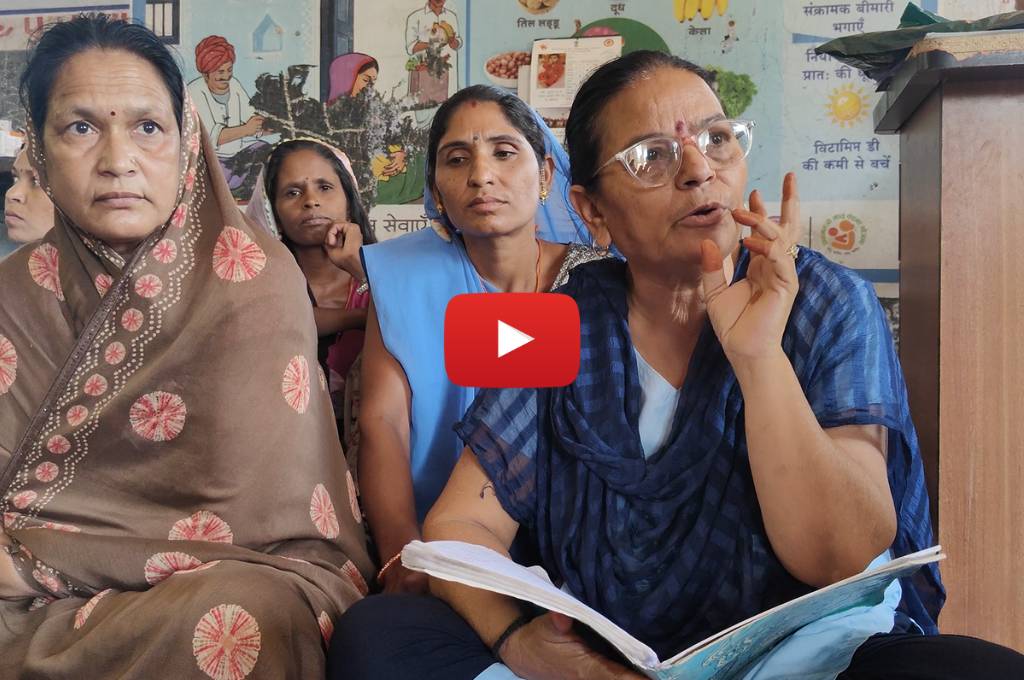READ THIS ARTICLE IN
No one calls the singer of myths: Climate changes Bhil traditions
Mythological stories and songs—kathas—play a very important role in the lives of the Bhil community residing in the Satpura hills in Maharashtra’s Nandurbar district. There are kathas for birth, death, and everything in between. When a person dies, night-long ceremonies are held where people gather and sing along with the storytellers, who are locally known as ganyu valo (because they sing the stories). This practice extends to agriculture where there are entire myths that not only document the folk history of agriculture among the Bhils in the Satpura hills but also prescribe which crops—including paddy and vegetables—to grow in which season, and the methods of seed cultivation and sowing and irrigation.
During my work on documenting Bhil traditions, I came across kathas that narrated the community’s journey from that of foragers to agriculturalists. There’s a common myth that talks about how when the community first started to farm, their ancestral deities sent people across the seven seas in search of seeds, which eventually brought prosperity to everyone living in this area. These stories also caution against human greed and the overexploitation of resources that could lead to drought, scarcity, and famine.
According to the myths, the gods and goddesses passed on their learnings from agriculture to the Bhils through songs. The ganyu valo have thus been an important link in the transmission of these stories from generation to generation. It is through the songs that the community knows that rice varieties such as mor and kodaro, which need very little water to thrive, are grown at the bottom of the hill where they receive irrigation from the stream. They also know that the cultivation of pulses such as urad and moong should be reserved for monsoon because they require regular rainfall for a certain period of time. However, all this is becoming irrelevant now because the streams have dried and the rainfall is erratic. Too much rain washes away the mor and kodaro seeds and there’s not enough continuous rain for moong and urad.
Further, machines have replaced manual labour in the field and market-bought seeds and fertilisers have usurped natural practices. Now when, instead of indigenous food, strawberries are being grown in these hills, how will the community members even relate to these ‘mythical practices’? You can see this shift especially in places close to Nandurbar market. As the old farming methods lose importance, so do the myths about them. No one in these areas calls the ganyu valo to hear agricultural stories any more, and that’s affecting their livelihood and threatening to erase a significant part of the Bhili tradition.
Jitendra Vasava is a Dehwali Bhili poet and documenter of Bhil folk history.
—
Know more: Learn how climate change is delaying festivals in Odisha.
Do more: Connect with the author at [email protected] to learn more about and support his work.



